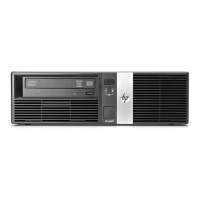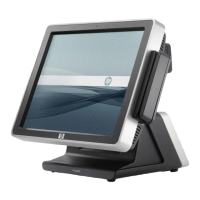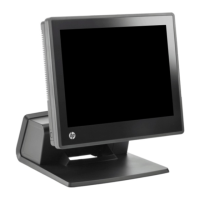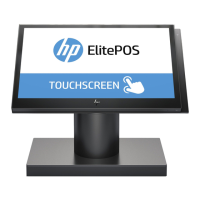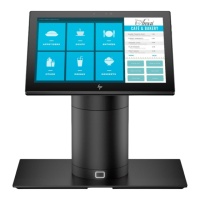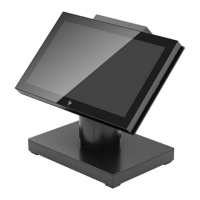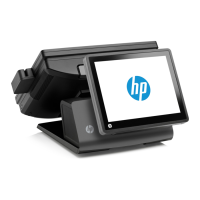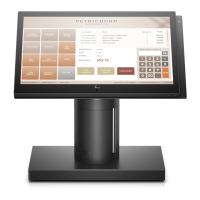Introducing
the
HP 2624A
fO
t'-l
f~E
TURt~
f1
Ii
LRBEL
I
f2
Ii
LRBEL
I
n
Ii
LRBEL
I
f4
Ii
LRBEL
I
fS
Ii
LRBEL
i
fS
Ii
LRBEL
I·
f7
Ii
LRBEL
,
Hi
Ii
LRBEL
.:
Figure
1-6.
User
Keys Definition Menu
----
----
Figure
1-7. Default
User
Key Labels
----
Figure
1-8. Sample User-Supplied
User
Key Labels
II
ill ill
I
I
I
7 x 9
Upper
{ Case MatriX
....
r-.
...
'£
(a)
Two
types of
character
sets can be stored
within
the
ter-
minal:
alphanumeric
sets
and
microvector sets. The al-
phanumeric
sets
support
the
primary
use of
the
terminal:
displaying
textual
and
numeric
information.
Characters
are
designed
around
a basic 7X9 dot
matrix
with
provision
for lowercase descenders. The
characters
are
embellished
by use of
the
half-shift.
With
this
type of set,
the
character-
to-character
spacing
of
two
dots
is
hardwired.
This
prevents
the
design of
characters
that
would form con-
tinuous
horizontal lines. All 15 scan lines of
the
row are,
however, available so
that
vertically contiguous symbol
segments
can
be designed.
An
example of
this
is
the
three-
row-high
integral
sign
found
in
the
math
symbol set.
Microvector sets
use
the
entire
9-dot-by-15-scan-line char-
acter
cell
without
the
half-shift. This allows
characters
to
be designed with
both
horizontal
and
vertical
continuity.
This type of
set
finds
its
greatest
application where a min-
imal
set
of graphic
kernels
is needed to
represent
more
complex pictorial information.
The
line
drawing
set
which
can be used to display complex
data
entry
forms on
the
screen is
an
example of such a set.
DISPLAY MEMORY
In
its
standard
ordering
configuration,
the
HP 2624A in-
cludes 16K bytes of display memory. As
an
option, however,
you
may
order
an
additional
16K bytes.
Each
displayable
character
uses
one
byte
of
display
memory.
Each
change of
character
set
or video enhance-
ment
generates
a 2-byte non-displaying control sequence
which is embedded
between
the
displayable
characters
in
display memory. Similarly, each format mode function
(start
field,
start
edits,
and
stop field)
generates
a 2-byte
non-displaying control sequence. A non-displaying ter-
minator
also
generates
a
2-byte
control
sequence.
Character
set
changes
and
video
enhancement
changes
which occur
at
the
same
character
position
are
combined
into a single 2-byte control sequence. Similarly,
"start
field"
and
"start
edits" functions which occur
at
the
same
character
position
are
also combined into a single 2-byte
control sequence.
15
Scan
Lines
Figure 1-9.
Alphanumeric
Character
Generation
1-4
e
(
(
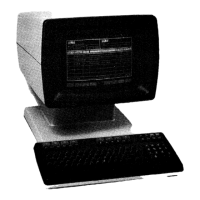
